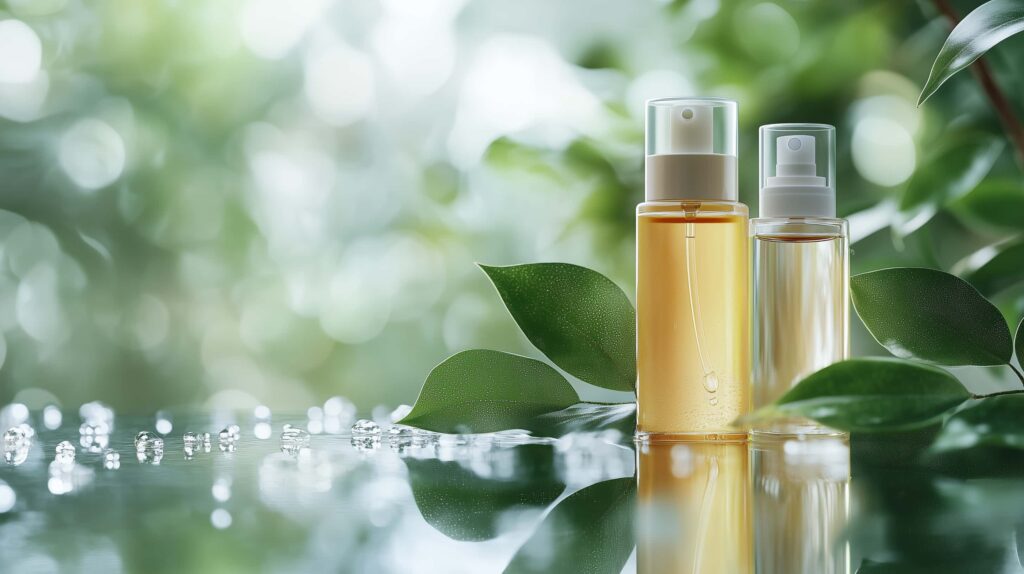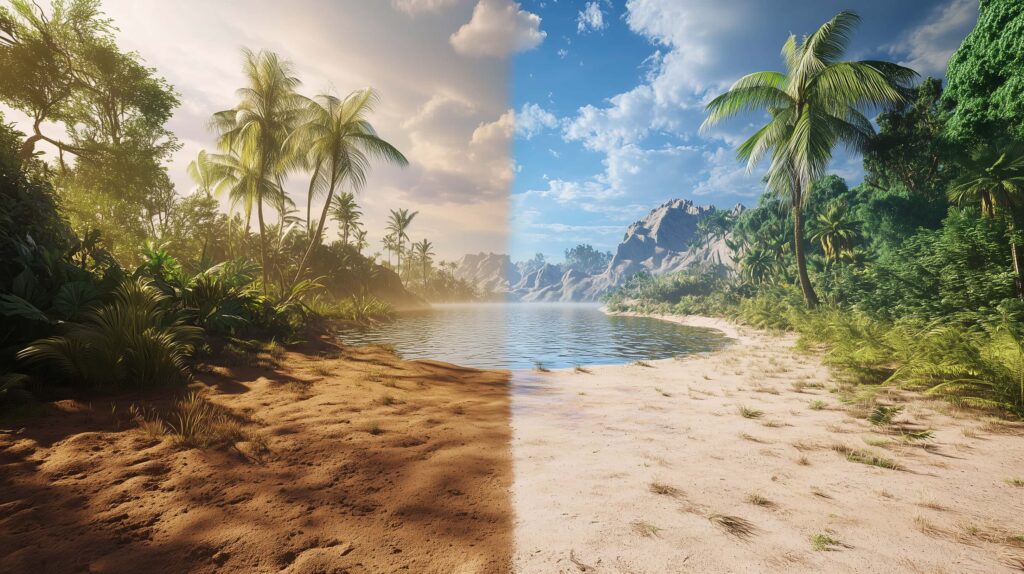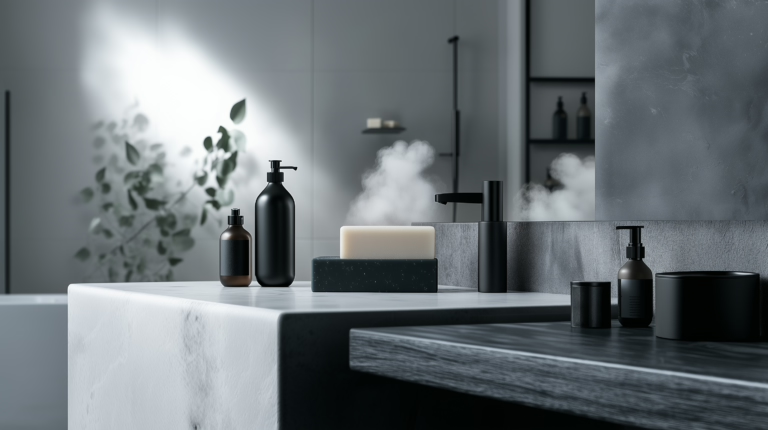Body Oils vs. Body Lotions: Different Climates

Have you ever stood in front of your bathroom mirror wondering why the same moisturizer feels completely different depending on the season? When you live in a diverse country like India, where climates can swing from humid coastal days to dry, cool winters inland, choosing the right skincare product is more than just a matter of preference—it’s about adapting to your environment. In this article, you’ll explore the battle between body oils and lotions, learn how each works with your skin, and discover which product is best suited to different weather conditions. Imagine stepping out feeling confident, knowing you’ve picked the ideal product to keep your skin nourished all year round. Whether you’re a busy professional juggling work and personal life or someone simply seeking to optimize your beauty routine, understanding these differences can help you make more informed decisions. By the end of this article, you’ll have a clear idea of how to match your skincare routine to your local climate and personal needs, ensuring your skin stays healthy, hydrated, and glowing regardless of where you live or the season.
Understanding Body Oils and Lotions

When it comes to skincare, especially in a country with such climatic diversity, knowing what you’re applying on your skin is key. This section will help you understand the basics of body oils and lotions so you can better decide which might be best for you.
What Are Body Oils?
Body oils are concentrated blends of natural oils designed to nourish and moisturize your skin. They work by sealing in moisture and providing a protective barrier against harsh environmental elements. Many body oils contain ingredients like coconut, almond, or argan oil, which are known for their hydrating properties and ability to restore skin’s natural glow. They are typically richer and more emollient, making them ideal for very dry skin or for application on areas that need extra care. If you’re facing a chilly, dry climate, body oils can help maintain your skin’s suppleness and prevent moisture loss.
What Are Body Lotions?

Body lotions, on the other hand, are lighter, water-based formulations that provide hydration without leaving a greasy residue. They are quickly absorbed into the skin, making them a popular choice for everyday use. Lotions are often enriched with humectants such as glycerin, which attract moisture, and they may also include soothing ingredients like aloe vera or chamomile extract. Their lighter texture makes them particularly suitable for humid climates where you need hydration without the heaviness of an oil. Both products offer unique benefits; understanding these will help you choose based on your skin type and the climate you live in.
Climate’s Impact on Skin and Product Performance
Your skin is directly affected by the environment, and the climate you live in plays a major role in determining which products work best for you.
Understanding Climate’s Role
Climate influences your skin’s hydration levels and overall health. In humid regions, high moisture levels in the air can keep your skin naturally hydrated, whereas in arid regions, your skin might lose moisture quickly. Temperature, humidity, and even pollution levels can alter the way your skin responds to external products. In simple terms, think of your skin as a living fabric that adapts to its environment. For instance, during the summer months in coastal cities, you might experience sweat and oil buildup that can clog pores, while in the winter, the same areas might feel tight and dry due to low humidity.
How Climates Affect Your Skin

For those living in India, the impact of climate on your skin can vary dramatically. In tropical climates, you may find that lightweight lotions work best because they provide hydration without feeling heavy. Conversely, in colder or drier regions, richer body oils might be the answer to prevent your skin from cracking or losing its natural moisture. Additionally, the pollutants in urban centers can further stress your skin, necessitating products that not only hydrate but also protect. By understanding how these environmental factors play a role, you can tailor your skincare routine to suit your specific needs, ensuring your skin remains balanced and healthy, no matter what the weather brings.
Comparative Analysis: 11 Key Factors
Let’s break down the major differences between body oils and lotions by examining 11 key factors. This analysis will help you see side-by-side which product may be the better choice for your skin type and climate.
Absorption & Texture
Lotions are lightweight and absorb quickly, leaving a non-greasy finish. Body oils, while highly nourishing, tend to have a richer texture that may take longer to absorb. This makes oils suitable for nighttime routines or areas that need extra moisture.
Natural Ingredients & Benefits

Both products can be formulated with natural ingredients. Oils often contain pure extracts like coconut or jojoba oil, which are excellent for repair and nourishment. Lotions may include a blend of botanicals and humectants that attract moisture, offering a balanced approach for daily care.
Price & Accessibility
In many cases, body lotions are more affordable and widely available, making them a practical choice for daily hydration. Body oils, while sometimes priced higher due to their concentrated nature, offer specialized care that can be cost-effective in the long run if used sparingly.
Usage Recommendations for Different Climates
For humid climates, lotions are generally recommended due to their lightness and quick absorption. In contrast, for colder or drier climates, body oils provide a robust solution by sealing in moisture and protecting against the harsh environment. This tailored usage ensures your skin gets exactly what it needs based on where you live.
Expert Tips: How to Choose the Right Product for Your Climate

Choosing between body oils and lotions doesn’t have to be a guessing game. Here are some expert-backed tips to help you select the right product for your climate:
Start by observing how your skin reacts to different environmental conditions. In a hot, humid city, you might find that your skin feels oily quickly, making a light lotion the better option. In cooler climates or during winter months, if you notice your skin feeling tight and dry, a body oil can restore moisture and provide a soothing barrier.
Next, consider your skin type. If you have naturally dry or mature skin, body oils can deliver intensive hydration. If your skin is normal to slightly oily, a lotion might suffice to maintain balance without clogging pores. Experiment with small quantities before fully committing to a product, and don’t hesitate to mix both approaches. For example, you might use lotion during the day and apply a few drops of oil at night to lock in moisture.
Also, pay attention to the ingredients list. Look for products that use natural, non-irritating ingredients, especially if you have sensitive skin. Ingredients like aloe vera, chamomile, or vitamin E can be particularly beneficial. Finally, adapt your routine seasonally; what works in one climate or season might need adjusting as conditions change. By following these tips, you can tailor your skincare routine to meet your unique needs, ensuring you always put your best face forward.
Frequently Asked Questions (FAQ)

Here are some common questions that you might have about body oils and lotions:
Q1: Can I mix body oils and lotions?
Absolutely! Many users find that layering a lightweight lotion with a few drops of body oil can maximize hydration while still feeling non-greasy. This is especially useful in climates where moisture loss is a concern.
Q2: How do I choose between an oil and a lotion?
Consider your skin type and climate. For quick absorption and lighter hydration, go for a lotion. If your skin is extra dry or you’re dealing with harsh weather, an oil may offer more protection and moisture retention.
Q3: Are natural ingredients always better?
Natural ingredients can be gentler and more effective for many people, but it’s important to check for allergies. Look for formulations that use natural extracts without added synthetic chemicals to ensure they are safe for your skin.
Q4: How often should I apply these products?
It depends on your skin’s needs. Generally, a daily application is sufficient, but in extreme climates or if your skin is particularly dry, you might need to reapply or layer products.
These FAQs are designed to give you quick, actionable answers that help you decide what’s best for your skin and climate.
Final Thoughts And Next Step

In summary, both body oils and lotions offer unique benefits, and the best choice depends on your individual skin type and local climate conditions. By understanding the differences in texture, absorption, and moisturizing properties, you can make a more informed decision that keeps your skin looking and feeling its best all year round. Remember, your skincare routine should evolve with the seasons and your personal needs.
Now, it’s your turn: Have you experimented with both types of products? What has your experience been like in different climates? We invite you to share your thoughts and experiences in the comments below. If you found this guide helpful, don’t forget to share it with your friends and explore our other articles on natural skincare. Your journey to healthier, happier skin starts here!







